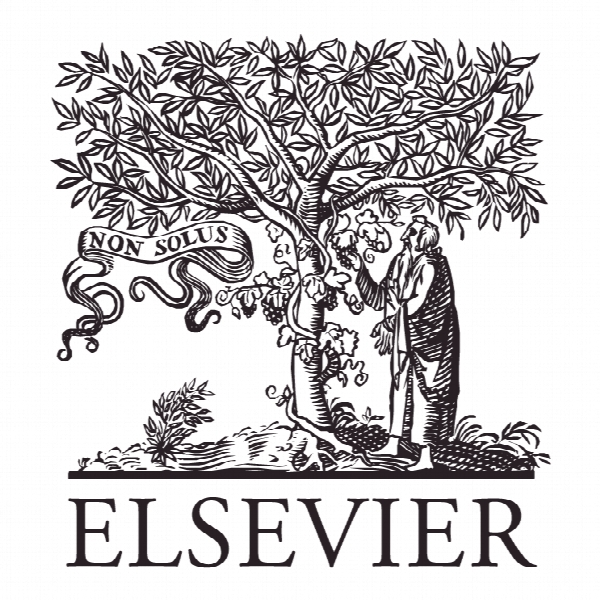فرهنگ سازمانی و سبک رهبری: ترکیبی برای انتخاب رهبر مناسب جهت مدیریت بحران تاثیر گذار Organizational culture and leadership style: The missing combination for selecting the right leader for effective crisis management
- نوع فایل : کتاب
- زبان : انگلیسی
- ناشر : Elsevier
- چاپ و سال / کشور: 2018
توضیحات
رشته های مرتبط مدیریت
گرایش های مرتبط مدیریت بحران، مدیریت استراتژیک
مجله افق های تجاری – Business Horizons
دانشگاه Haslam College of Business – University of Tennessee Knoxville – U.S.A
منتشر شده در نشریه الزویر
کلمات کلیدی مدیریت بحران، سبک رهبری، فرهنگ سازمانی، مدیریت بحران رهبری، سازماندهی رهبری
گرایش های مرتبط مدیریت بحران، مدیریت استراتژیک
مجله افق های تجاری – Business Horizons
دانشگاه Haslam College of Business – University of Tennessee Knoxville – U.S.A
منتشر شده در نشریه الزویر
کلمات کلیدی مدیریت بحران، سبک رهبری، فرهنگ سازمانی، مدیریت بحران رهبری، سازماندهی رهبری
Description
1. The Taiwan-4 incident: A high-risk, high-magnitude crisis In August 2006, the United States Air Force (USAF) mistakenly sent four nuclear fuses that help trigger nuclear warheads in Minuteman ICBMs to Taiwan instead of four replacement battery packs requested for use in Taiwan’s fleet of UH-1 Huey helicopters. The misshipment was a matter of national security that threatened to undermine the credibility of the USAF. More than 18 months transpired before officials in the Department of Defense (DoD) realized the wrong parts had been shipped, and the news hit the media in March 2008 (White, 2008). U.S. Secretary of Defense Robert Gates found the incident disconcerting and launched an immediate investigation. In a move unprecedented in U. S. military history, two high-ranking officials, Secretary of the Air Force Michael Wynne and Chief of Staff General Michael Moseley, were forced to resign in June 2008. This incident presented a crisis because it threatened to undermine the ability of the USAF to secure and account for its nuclear weapons arsenal. This article focuses on crises like the Taiwan-4 incident–—namely, high-risk, highmagnitude crises with potential impacts so severe that they can threaten the credibility, perhaps even the survival, of the affected organizations. Crises often drive organizations to predictable mitigation strategies focused on managing distractions rather than prioritized actions targeted at crisis response. Moreover, many organizations operate in a reactive mode, waiting for public criticism, emergencies, or negative publicity before they act (Girboveanu & Pavel, 2010). A more proactive approach, based on the three key principles we present in this article, can help organizations to prepare for and successfully manage a crisis. These principles, the crisis response leadership principles (CRLP), provide a practical framework for an organization to improve its initial crisis response and enhance crisis management effectiveness. These principles offer a prescriptive methodology to be used in conjunction with a crisis management tool, the crisis response leadership matrix (CRLM), which serves to match a given crisis with the best possible crisis response leader based on organizational culture and individual leadership style. We describe how these principles were applied to the Taiwan-4 crisis supply chain management recovery, demonstrating the impact of leadership style and organizational cultural on optimal crisis recovery.


